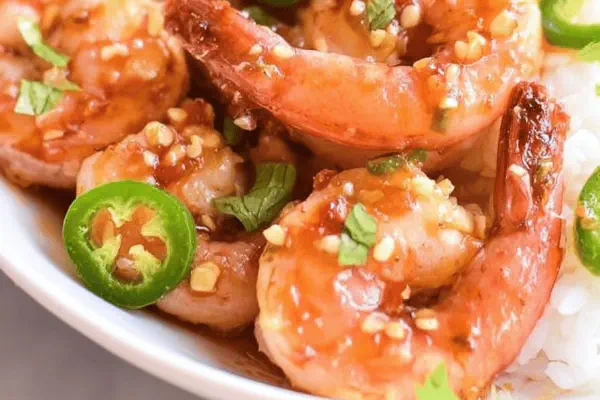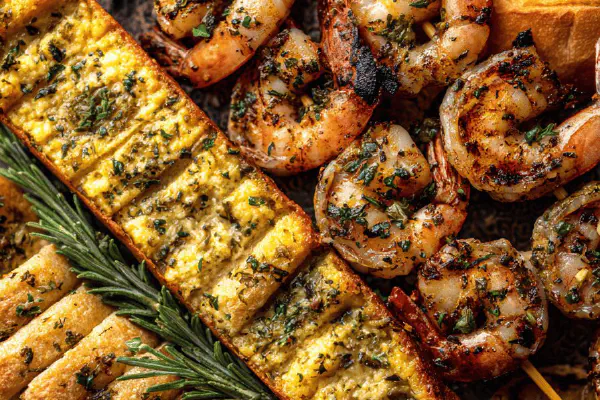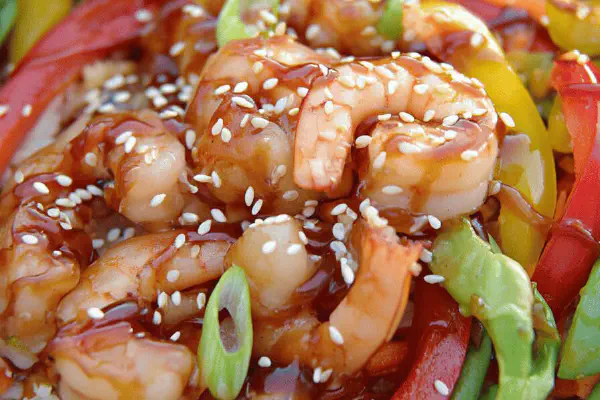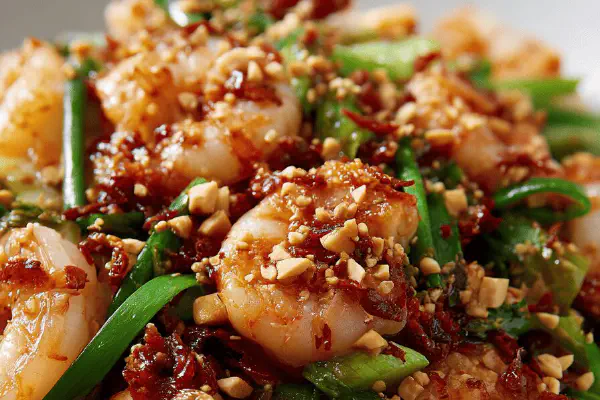Garlic Lemon Brined Shrimp
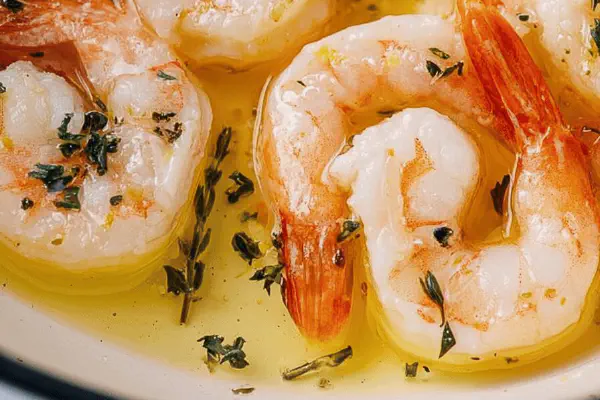
By Emma
Certified Culinary Professional
Ingredients
- 3 cups cold water
- 2 tbsp kosher salt
- 1 tbsp granulated sugar
- 1 lb raw shrimp, peeled and deveined with tails on
- 3 tbsp unsalted butter
- 3 cloves garlic minced
- Zest of 1 lemon
- Juice of 1 lemon
- 2 tbsp fresh oregano chopped
About the ingredients
Method
Brining
- Start by combining cold water, kosher salt, and sugar in a large bowl. Stir until salt and sugar dissolve fully; no gritty bits left. This brine firms shrimp flesh and stops dryness during cooking. Avoid regular table salt; it’s too harsh, can make shrimp taste off.
- Add shrimp to the brine gently. Stir lightly to coat all surfaces—no pounding or rough mixing. Set aside at room temp for about 25-35 minutes. Watch the surface tension of shrimp; firm but not rubbery is your target. Over-brining turns shrimp mushy.
- Drain shrimp from brine. Pat dry with paper towels thoroughly. Moisture causes spitting in pan and prevents proper sear crispness. Don’t skip drying step.
Cooking
- Heat a large skillet over medium heat. Should be hot enough for butter to foam as it melts but not brown yet. Butter browns fast; if it burns, flavors turn bitter.
- Add butter and minced garlic. Listen for soft crackle as garlic hits butter—aroma should be sharp but not burnt. If garlic browns too quickly, reduce heat.
- Add dried shrimp in a single layer. Stir or toss frequently to cook evenly. You want to see tails curl tight and shrimp flesh brighten pink with opaque centers. This usually takes around 8-12 minutes but don’t trust time blindly. Watch color and tail shape instead.
- When shrimp looks just cooked (opaque white, pink edges, tight tails) remove from heat immediately. Residual heat will keep cooking. Overcooked shrimp gets rubbery and tough.
Finishing
- Zest lemon directly over sauteed shrimp for citrus oils to drop in bubbles of warm butter. Squeeze fresh lemon juice and stir in quickly to lift flavors—don’t wait or it’ll cook off and lose brightness.
- Sprinkle chopped fresh oregano for a herbaceous twist. Parsley is good but oregano adds earth and slight pepperiness. Mix well.
- Serve immediately or warm gently. If saving, hold in covered dish but add lemon and herbs fresh at serving to keep zing.
Tips & Problems
- Shrimp vary in saltiness; sometimes reduce brine salt 10-15% if shrimp seem already briny (frozen, previously salted).
- If garlic burns before shrimp cooks, lower heat and add a splash of water or white wine to cool pan briefly.
- No lemon? Use lime juice and zest instead for sharp tang or try a dash of white vinegar as last step for brightness.
- Can swap butter with olive oil but lose some richness. For deeper flavor, brown butter is nice but tricky—watch carefully.
- Shrimp tails can be left off for salads but keep for hold to aid tossing and dramatic curls.
- Dry shrimp really well after brine to get nice sear without steam; wet pan means steamed shrimp, not browned.
- If brining low sodium, increase salt by 1-2 tsp but be cautious. Start milder next time and build flavor.
- Experiment with other herbs: basil or tarragon for mild sweetness; rosemary for piney punch but use sparingly.
Cooking tips
Chef's notes
- 💡 Brine salt crucial. Use kosher salt not table salt. Table salt too harsh, throws balance. Sugar softens shrimp texture subtly, same amount brown sugar swap if deeper flavor desired. Brine time 25-35 min max. Too short, shrimp dry. Too long mushy. Room temp brining, no fridge, keeps texture right.
- 💡 Pat shrimp bone dry after brine. Any wetness causes pan spitting, steam kills crisp edges. Dry with paper towels well. Watch skillet temp medium heat. Butter melts fast, foam appears, no browning yet. Burnt butter ruins garlic aroma. If garlic scorches first, lower heat or add splash water to cool pan quickly.
- 💡 Shrimp done when opaque white with pink edges, tails curl tight like question marks. Don’t trust timers blindly; visual and smell clues better. Overcooked shrimps tough and rubbery, short cook time and frequent toss needed. Stir or toss often; single layering ensures even cooking and color.
- 💡 Lemon zest last step, right over hot shrimp so oils release into warm butter bubbles. Add juice quick after zest or lemon brightness cooks off. Fresh oregano swapped for parsley here—earthier, slightly peppery. Add herbs off heat to preserve delicate oils and bright flavor, not cooked down.
- 💡 If no lemon, lime zest and juice stand in ok but change end flavor profile. Or splash white vinegar for bright acid note post cook. Butter can be replaced with olive oil for dairy sensitivity but loses richness; brown butter adds deep notes but watch carefully to avoid bitterness. Adjust salt in brine for frozen or precooked shrimp; reduce 10-15% if shrimp taste briny already.
Common questions
How long to brine shrimp?
Around 25-35 min room temp. Less no effect. More mushy risk. Watch texture not clock. Surface tension forms; firm but not rubbery. Don’t fridge if possible; slows salt dissolve.
Can I use table salt?
No kosher salt better. Table salt harsher, uneven dissolve messes with texture and salinity. If only table salt, reduce amounts and stir longer till clear. Brine balance key.
Shrimp turning rubbery often?
Most times overcooked. Remove heat once opaque, tails curled tight. Residual heat finishes gently. Dry before sear to avoid steaming. Toss often in pan for even color and cooking.
How store leftover shrimp?
Cool fast. Store in airtight container refrigerated 1-2 days max. Reheat gently to avoid toughness. Add lemon juice and herbs fresh before serving again. Don’t freeze cooked shrimp again; texture degrades.
